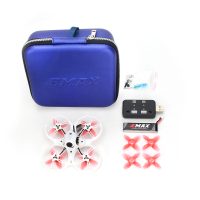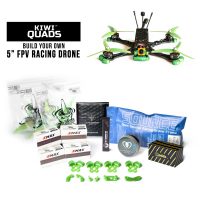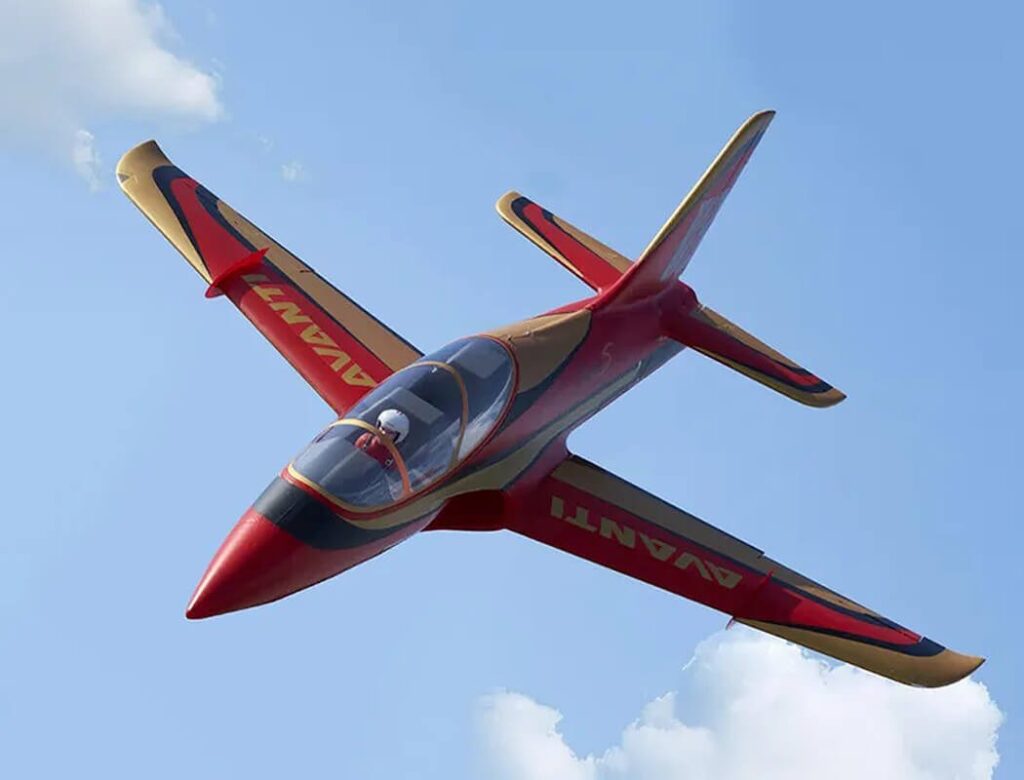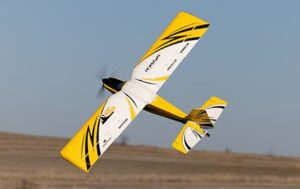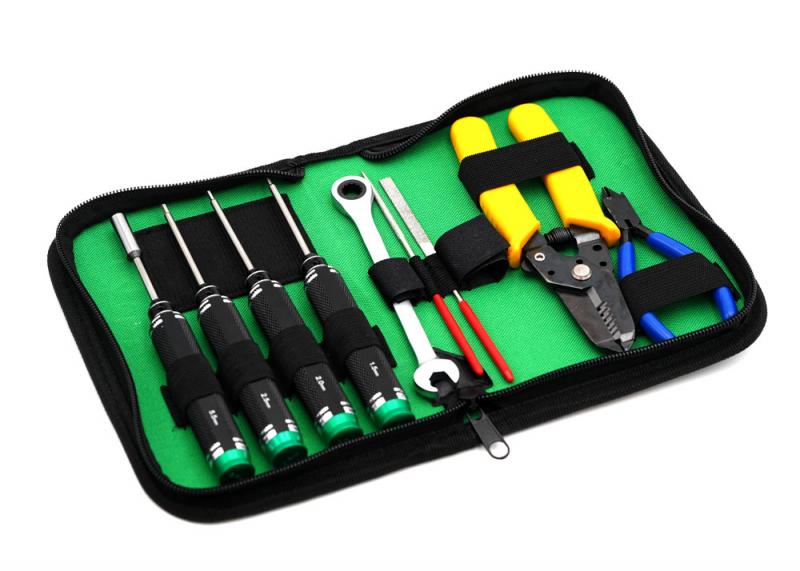5 Essential FPV Items Everyone Forgets on Their First Build
Building your very first FPV drone is one of the most exciting (and scary!) parts of the RC quadcopter hobby. So you’ve finally got all the parts together and ready to start building: motors… check. frame… check. ESCs… check. Great!
Inevitably, there’s always going to be a few things you may be missing – some less obvious than others. After all, you’re putting together a highly technical flying blender, not a flat pack coffee table! Today we’re going to glently remind you there might be a couple extras to consider picking up before plugging in the soldering iron.
1. Hex Screwdrivers
Hex sockets are used pretty much globally in the FPV hobby. This might seem foreign in the standard world of philips and flat-heads, but you’ll quickly come to love the benefits of a hex shaped socket.
The most common sized sockets used on FPV drones lie between 1.5mm – 2.5mm. With just 3 tools, you’ll be covered for about 95% of the screws you will comes across when putting together your first FPV build.
You can purchase all these hex screwdrivers seperately, but you’ll eventually end up needing them all so it’s best to buy them in a package that has everything in the first place.

We recommend the following kits (which have all 3!)
2. Propeller Tools
If you’ve flown more than a few packs through your drone, you’ve probably experienced what it’s like to have a loose propeller. It might happen when you’re flying 120kph overhead or just after a mild tree strike. Either way, you’ll come crashing to the ground. It’s important to keep your propellers tight as possible against the motor bell.
Ideally you’ll have two tools to help you tighten the propeller nut. The first to tighten and loosen the actual nut (usually M5) and the second to hold the motor bell in place securely. Usually we can get away with just the first one, but you may want to look into motor grip pliers eventually.
In this case, you’ve just finished your first build, and trust us, you want to make sure the propeller nuts are tight. The wrench from your local hardware store might suffice, but it’s definitely a quality of life factor if you’re experimenting with different propellers.

Our favourite propeller tools:
3. Hex Standoffs
This one is a little less obvious. It’s likely something you won’t even think of until you’re about to mount your ESC or Flight Controller. Standoffs are the small rods that lift your FC and ESC away from eachother and the frame. This is super important because carbon is conductive. If your ESC does happen to touch the frame, it will short and may catch fire.
Standoffs are also used in frames to add support and height to the frame design. They generally come in many shapes, sizes and materials. Often nylon ones are used when in contact with electronics like the flight controller.
We recommend picking up a set of nylon standoffs with many sizes to use when you’re building your first FPV drone.
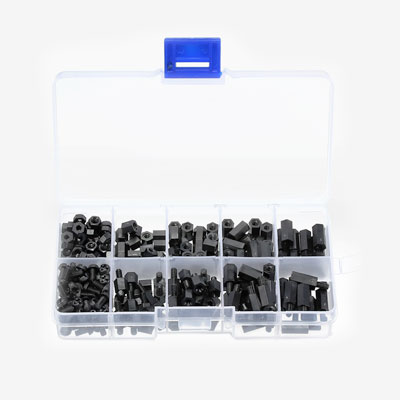
4. The Smoke Stopper
A smoke stopper is a very simple device designed to stop your electronics from frying in the case of a short-circuit. A smoke-stopper is essentially a digital fuse which trips if the amperage exceeds it’s rating. This will save your electronics from overheating and even catching fire the first time you plug in.
If there’s just one take away from this article – it should probably be this one. The smoke stopper will likely pay for itself the first time it trips!
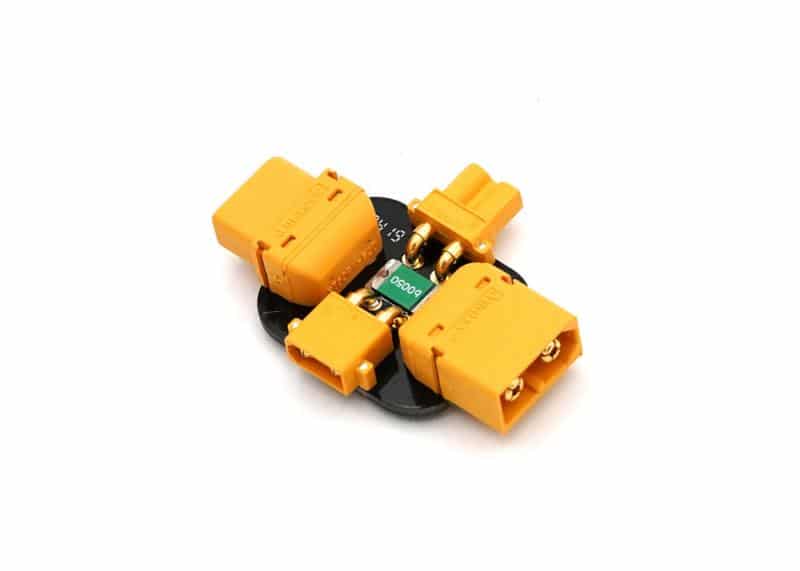
The TBS Smoke Stopper is a first-class tool designed to save you money (and heartache!).
5. Heat Shrink Kit
Last but certainly not least… Heat Shrink. If you’ve dabbled with electronics before, chances are you will have some lying around. However with the many gauges of wire we typically work with in a standard FPV build, it’s important to have the right sizes available when you need them.
Generally when building your first FPV drone, you’ll use heat shrink in common places such as the XT30/XT60 battery plug connections, joining camera wires, and extending motor wires if you need to. All three of these examples would likely use different sized heat shrink, so it’s a good idea to keep a case handy.
Find yourself a complete kit with sizes ranging from at least 2mm up to the larger 10mm+. Many kits also come with different colours too, which can be handy if you’re going for a themed build.

This 530-piece heat shrink kit is pretty general but we use it on most of the builds we do here at KiwiQuads.
Extras Worth A Mention
Some FPV part manufacturers such as TBS and Ethix have put together a few useful kits which include many of the essential tools mentioned in this article. Notably:
Conclusion
When building your first FPV drone, there’s lots to think about. Take your time and don’t forget the essentials. (especially that smoke-stopper, don’t say we didn’t warn you!). To ensure a smooth build, make sure you’ve got the right tools for the job. They’ll hopefully last your entire FPV career and treat you well.
Tell us about your most essential item in the comments section!

